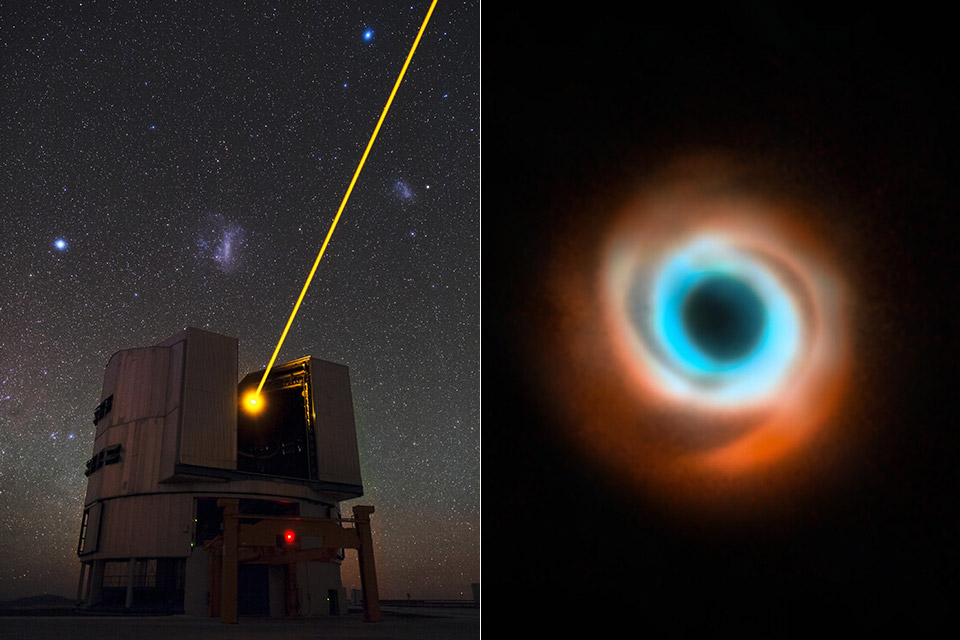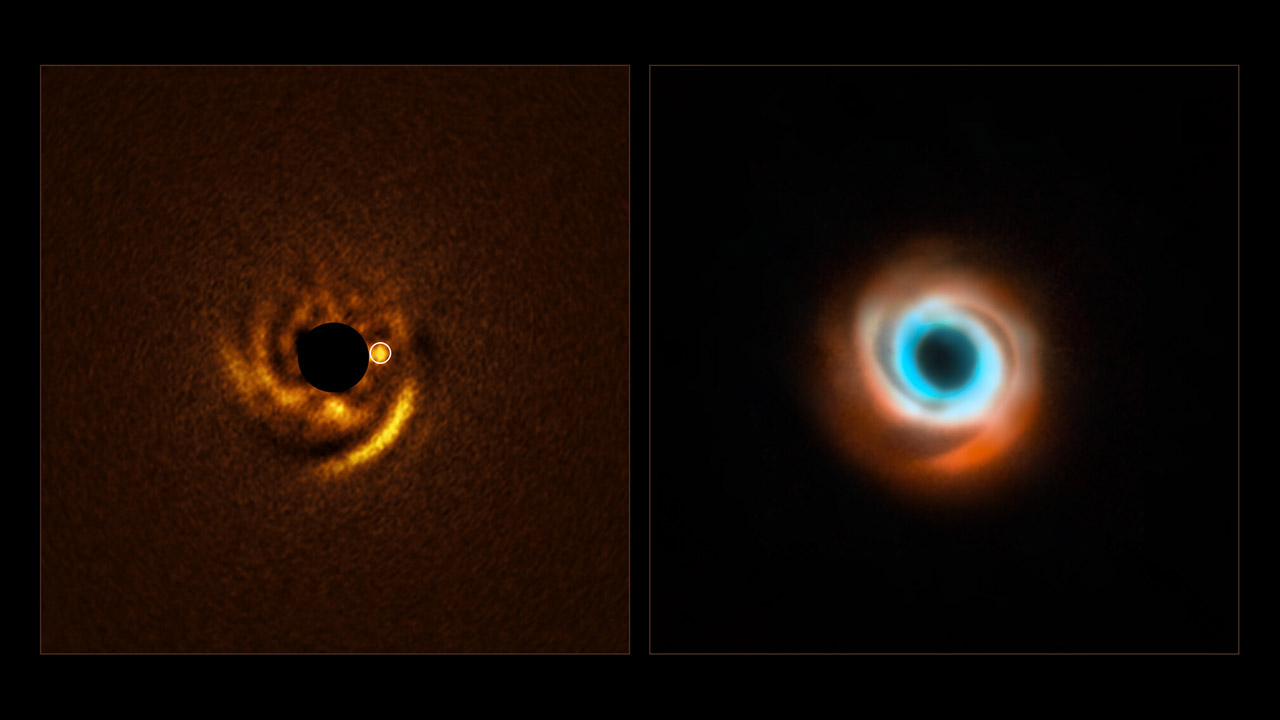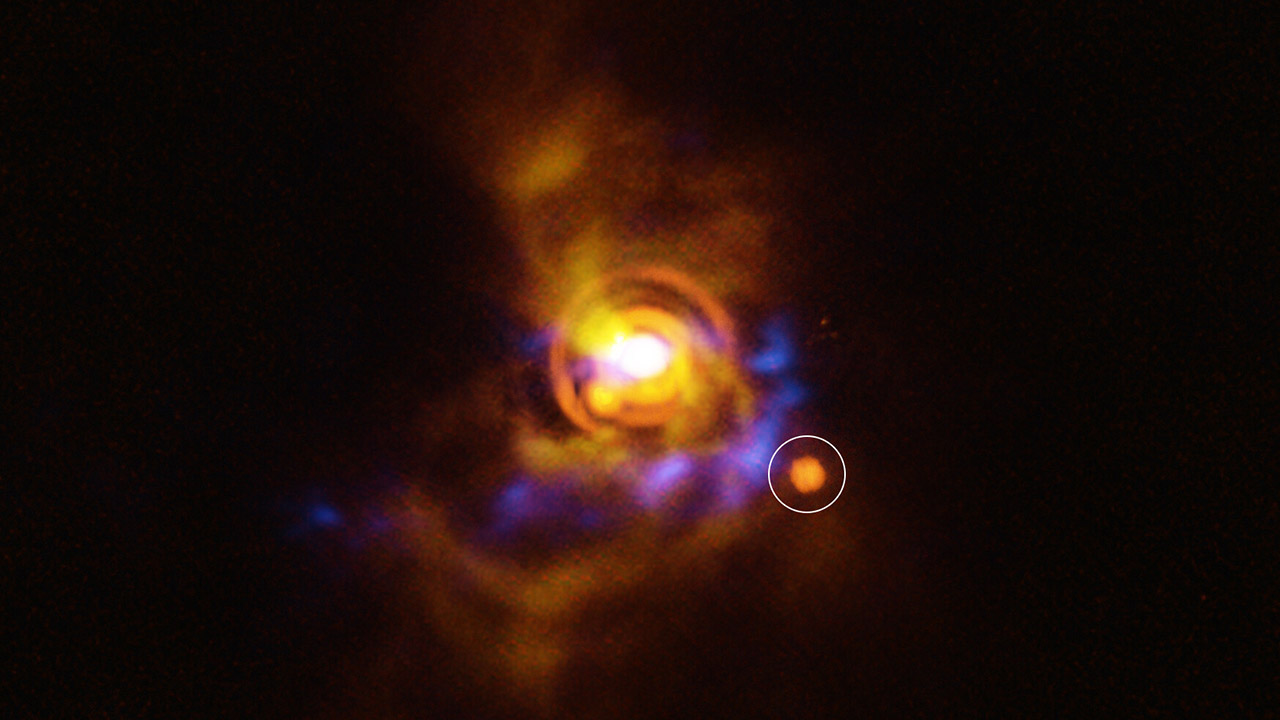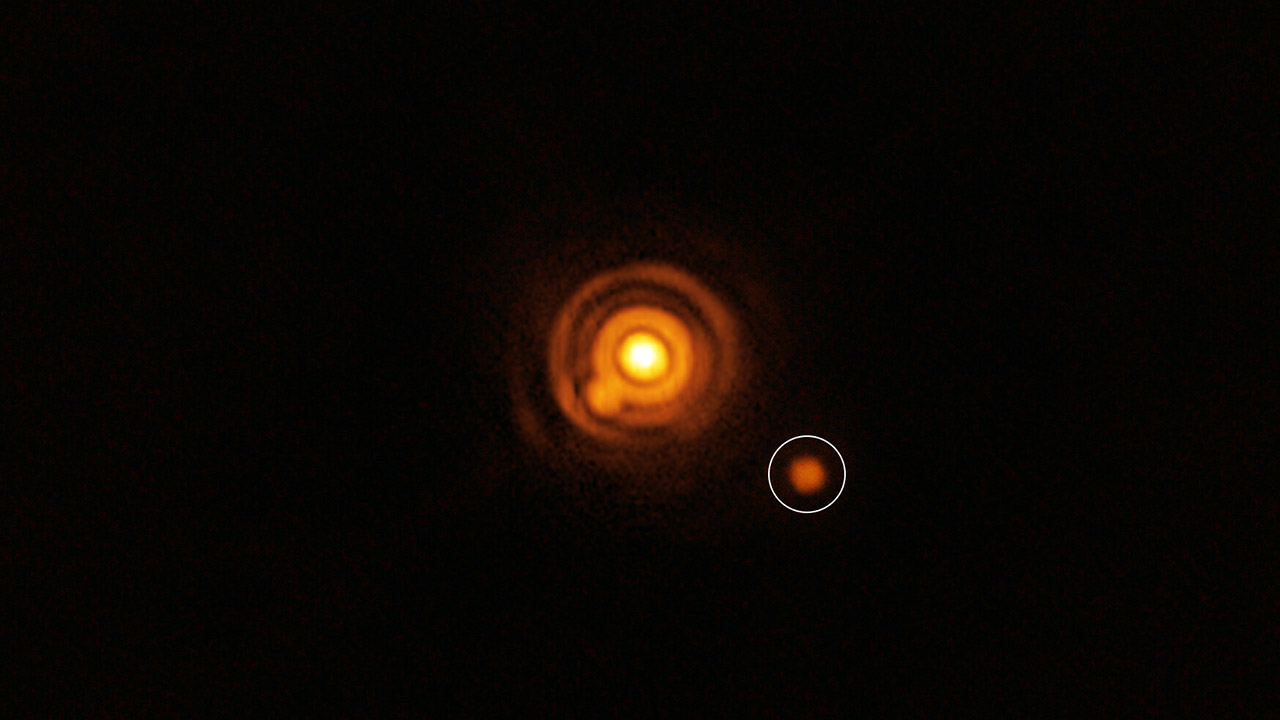
Astronomers have been trying to figure out how planets form and a team using the European Southern Observatory’s Very Large Telescope (VLT) has reached a major milestone: they’ve found a young planet, about twice the size of Jupiter, carving its way through a swirling disc of gas and dust around the star HD 135344B, 440 light-years away.
Stars are born from collapsing clouds of gas and dust and the leftovers form a spinning protoplanetary disc. These discs are construction sites where raw materials merge over millions of years to form planets. Scientists have studied these discs before, noting rings and spirals that suggest young planets are gathering material. But catching a planet in the act of forming and shaping its surroundings has been rare—until now.

LEGO Icons NASA Artemis Space Launch System – DIY Rocket Model Building Set for Adults, Ages 18+ – Gifts…
- NASA rocket model kit – Launch into a creative project with the LEGO Icons NASA Artemis Space Launch System model building project for adult space…
- What’s in the box? – This creative building set includes everything you need to craft a multistage rocket with 2 solid-fuel boosters, an Orion…
- Features and Functions – This NASA-themed rocket model features retractable launch tower umbilicals, rocket support and crew bridge, detachable…

At the center of this discovery is HD 135344B, a young star in the constellation Lupus. Its protoplanetary disc is a dynamic swirl of gas and dust being sculpted by a still-growing planet. Using the VLT’s SPHERE instrument, which filters out a star’s intense light to reveal fainter objects, the team found this planet candidate in the disc’s inner regions. The instrument’s precision showed spiral arms and gaps in the disc—features shaped by the planet’s gravity as it accretes material.

Past studies of protoplanetary discs showed rings and spirals but linking them to a forming planet was hard. The VLT’s images now show the planet actively shaping its environment, clearing paths and weaving patterns, like our Solar System must have looked billions of years ago.

The Atacama Large Millimeter/submillimeter Array (ALMA) added to the VLT’s observations by mapping the disc’s dust and gas in greater detail. ALMA’s radio data showed how the planet’s gravity organizes particles into structures. Together these tools paint a high-definition picture of a planet in its infancy, still drawing mass from the surrounding disc, like a camera and microscope telling a cosmic story.
This is the culmination of decades of exoplanet hunting. Thousands of planets around other stars have been found but most are fully formed and detected through their gravitational effects or by the starlight dimming during transits.
[Source]
